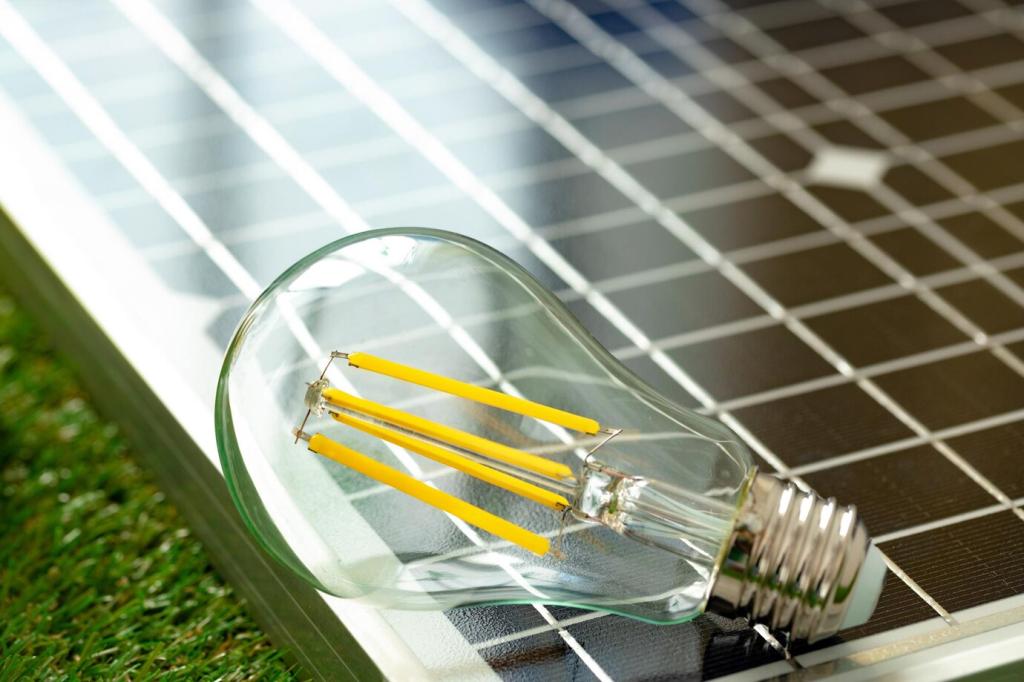Real-World Performance: Efficiency Beyond the Datasheet
In dusty or coastal areas, self-cleaning coatings and slightly steeper tilt can offset soiling losses and salt mist. Seasonal angle adjustments and airflow around the array keep temperatures down, preserving efficiency on scorching afternoons when the grid is most stressed.
Real-World Performance: Efficiency Beyond the Datasheet
Modern inverters with fast maximum power point tracking catch fleeting changes from clouds and trees. Module-level power electronics localize shading losses, protecting the whole string. The result is more kilowatt-hours harvested from the same sunshine, without swapping a single panel.








